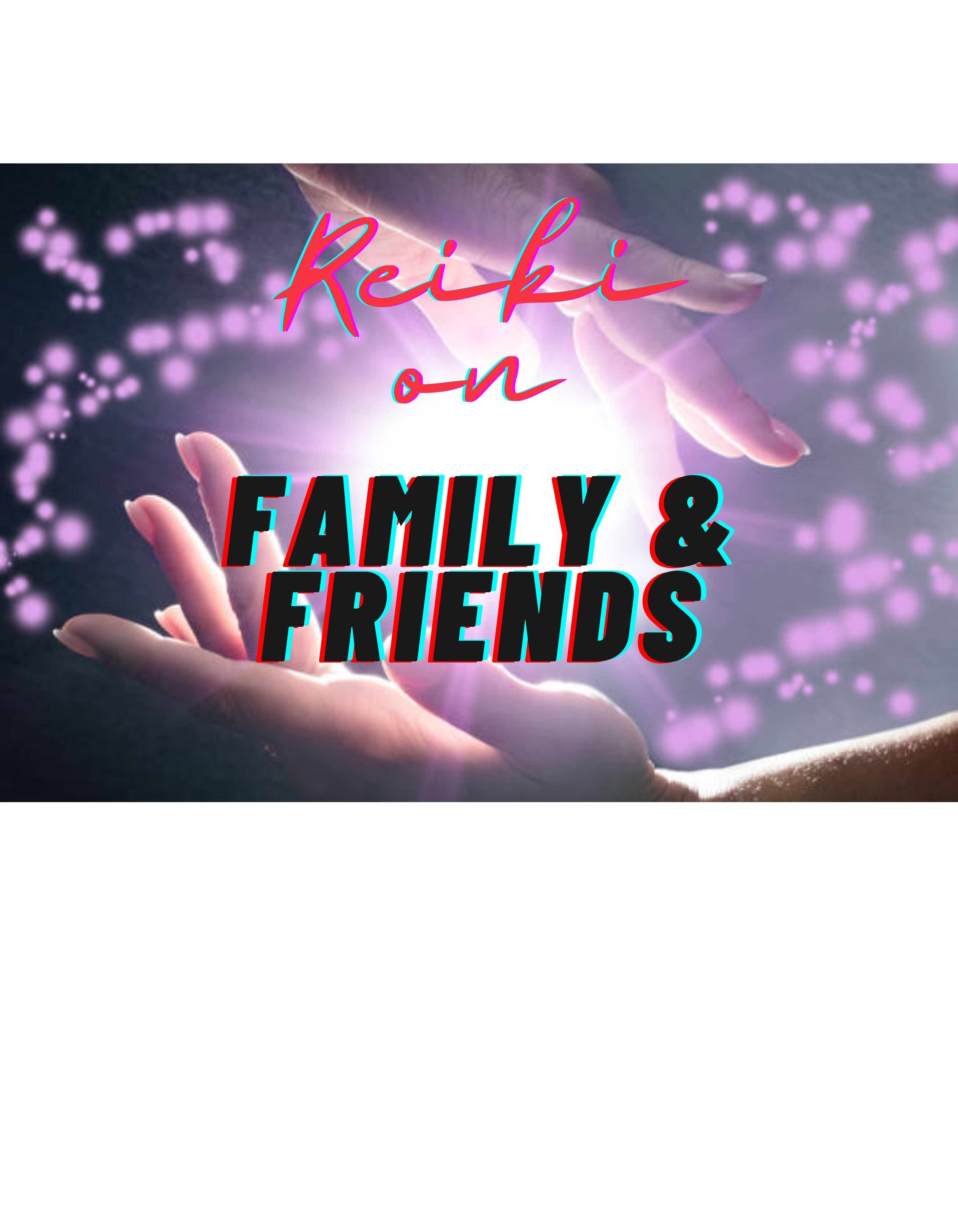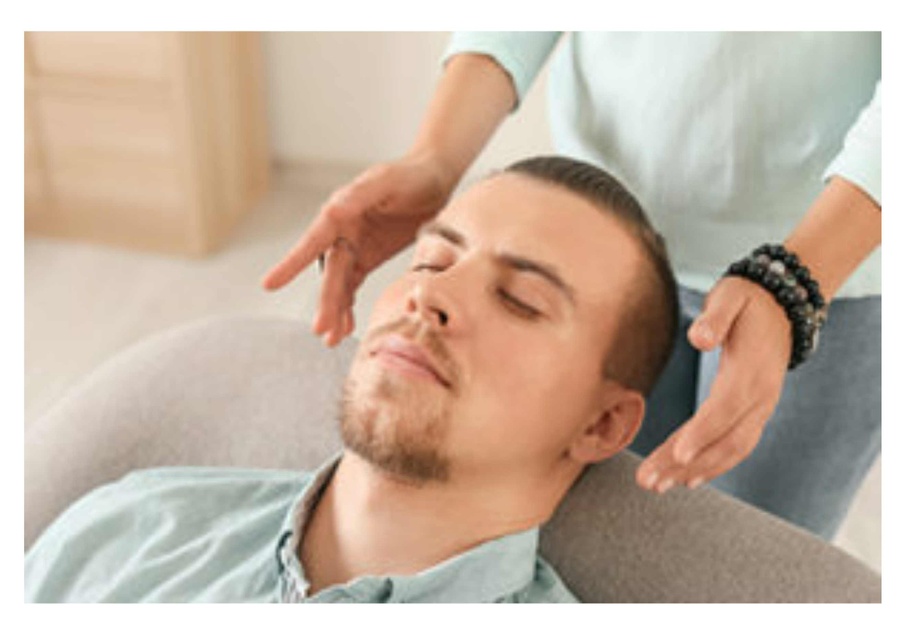
Reiki Treatment- Using Reiki To Others
Table of Contents
Using Reiki to others to help them is a natural goal, and it is a joy to be able to do so. However, the title of "healer" that certain people may bestow upon you may prove problematic. In a word, it indicates a certain rank and skill, and it is easy to get caught up in the illusion of it all and enjoy the sense of admiration it can offer you. Though we may be called "healers" by some, this is not a true description.
As Reiki channels, we can function as catalysts, assisting the body's healing process by transferring, via our hands, some healing energy. To put it another way, when we get rid of our egos, we become more able to follow the flow of energy rather than trying to control it. However, it's critical to remember that we aren't repairing anything—Reiki aids in self-healing, or at least the Reiki aids in this process.
Reiki On Others

What Is Reiki Treatment?
A Reiki treatment from a friend, family member, or a professional Reiki Practitioner is often the first time a person encounters Reiki. Clients are clothed except for their shoes during a Reiki session, typically approximately an hour. They are normally supported by blankets and pillows while lying on a therapy couch. If I use the terms "client" and "Practitioner," I mean anyone who receives or gives Reiki.). I prefer not to use phrases like "patient" or "healer" because they imply greater emotion.)
As the client is lying on their back, the Practitioner's hands are placed on particular points on the body and remain there for a few minutes. There is no pressure, massage, or manipulation unless the Reiki is coupled with another therapy. During treatment, the patient's reactions can vary greatly. A few people report experiencing tingling or heat as Reiki passes through them, while others feel cold after the Practitioner's hands have been removed. Relaxation and peacefulness are common feelings for the client as the energy runs through their body. Many clients fall asleep during the treatment and must be gently awakened when they flip over and lie on their front.
When the Reiki breaks down old patterns and barriers, some clients can become quite emotional. In the middle of the night, they may snore loudly, or their limbs may suddenly jolt while asleep. A pre-treatment discussion about probable reactions and reassuring the client that they are completely normal is essential. They're just blocked or stagnant energy being released in various ways from the body.
There are times when patients experience a shift in consciousness, an understanding of the root causes for any issues they've been having, whether those issues are related to their physical health or relationships, or work.
Whether or not the client wishes to talk about it with you is OK, but this is where the borders between being a friend or family member and a healer or counselor can become confused. This is a crucial aspect of recovery. Aim to provide as much consolation and assistance as possible while remaining nonjudgmental about the subject matter at hand.
A short counseling course or some books on the counseling process may be helpful if you're not comfortable with this kind of conversation. Depending on how much help you believe the individual needs, you may want to suggest that they speak with a trusted friend, family member, or professional counselor.
It's important to keep in mind that your client has the right to expect total secrecy from you as a health professional, even if the person you're treating is someone you consider a close friend or family member. Unless you require assistance on how to manage a specific circumstance, you should never discuss any clients or treatments with anybody else. To protect your client's privacy, you can discuss the matter with your Reiki Master without disclosing their name or other personal information.
Receiving a Reiki treatment is beneficial to all ages. Babies and young children frequently enjoy Reiki, although they don't keep still long enough for a full treatment, and they require less Reiki than adults. It's much easier to hug them or let them sit on your knee and let the Reiki flow.
It's not uncommon for people to experience what's known as a "healing crisis" after receiving Reiki, which is a brief period in which physical symptoms such as a cold can occur while Reiki energy moves through the blockages and the body tries to clear them. Drinking plenty of water after treatment helps naturally flush toxins out of the body, and I always remind clients about this possibility and encourage them to do so.

Related
Chanting And Toning With Karuna Reiki
The Karuna Reiki experience taught me that toning or chanting during a Karuna Reiki session causes profound shifts in the healing energy's vibrational frequency. The Mahayana Buddhist tradition of the bodhisattva Avalokitesvhara, who creates the Sound that Illuminates the World, validates this notion.
The Ethics Of Distant Reiki Healing
The Second Degree procedures teach you how to transmit powerful healing to anybody, anywhere, at any time, including the past and future. Using the Distant (Connection) Symbol helps you to construct a bridge between you and the person (or animal) you wish to heal.
Guided Meditation To Help Heal The Shadow Self Can Change Your Life
The shadow self refers to the aspects of ourselves that have been repressed into the unconscious — the aspects of ourselves that we are insecure about, ashamed of, or frustrated with. The shadow self-concept is based on the idea that we metaphorically bury those aspects of our personalities that we fear will not be accepted, accepted, or loved by others; thus, we keep them in the shadows.
How To Build A Successful Reiki Practice - FAQs
After you've mastered the techniques necessary to perform Reiki on others in-person and remotely, it is entirely up to you to decide whether Reiki is something you wish to pursue as a more formal public practice.
Integrative And Functional Medicine —Personalized Care For The 21st Century
The goal of integrative and functional medicine is to get to the root cause of health problems and treat the whole person with a combination of approaches—optimizing health for those who have it and restoring health for those who have lost it. Integrative medicine and functional medicine are often used interchangeably, but the terms are actually referring to two different approaches to patient care.
The Karuna Reiki Attunements
A common belief is that compassionate action is captured in this non-traditional form of Reiki. When used in conjunction with Usui Reiki, it has a powerful effect on its own, but even more so.
Karuna Master Symbols and Their Uses
Other healing systems incorporate the Karuna Reiki Master symbols. For instance, The International Center for Reiki Training incorporates the Usui Dai Ko Myo, Tibetan Dai Ko Mio, and Tibetan Fire Serpent into our Usui/Tibetan Reiki Master Training.
Kuan Yin - The Goddess Of Mercy
Kuan Yin is an example of an enlightened being. Bodhisattva, or enlightened being, guards the earth. The Chinese deity Kuan Yin is revered as a symbol of compassion and love.
Possible Side Effects Of A Karuna Reiki Attunement
Becoming a Reiki practitioner with the ability to heal oneself and others is a beautiful path that allows you to make a difference in the world. While it is exciting to receive an attunement in order to increase your frequency and connection to the universal life force energy, these attunements come at a cost.
The Traditional Karuna Reiki Attunements
Karuna is typically only taught to Usui Reiki Master practitioners. There are four levels of Karuna instruction. There are four levels of mastery in this system: two for practitioners and two for masters.
Original Karuna Attunements - The Sai Baba Reiki Attunements
For those wishing to view the original Sai Baba attunement process in order to compare it to later attunements, these are included for informational purposes only. You will notice a resemblance between these and the attunements developed later.
